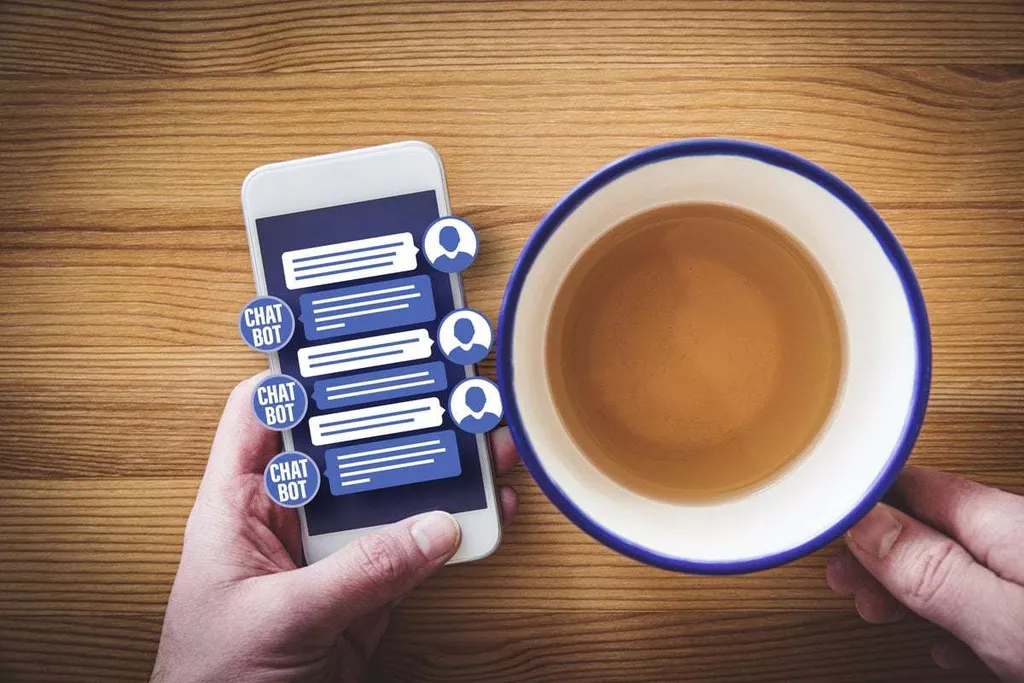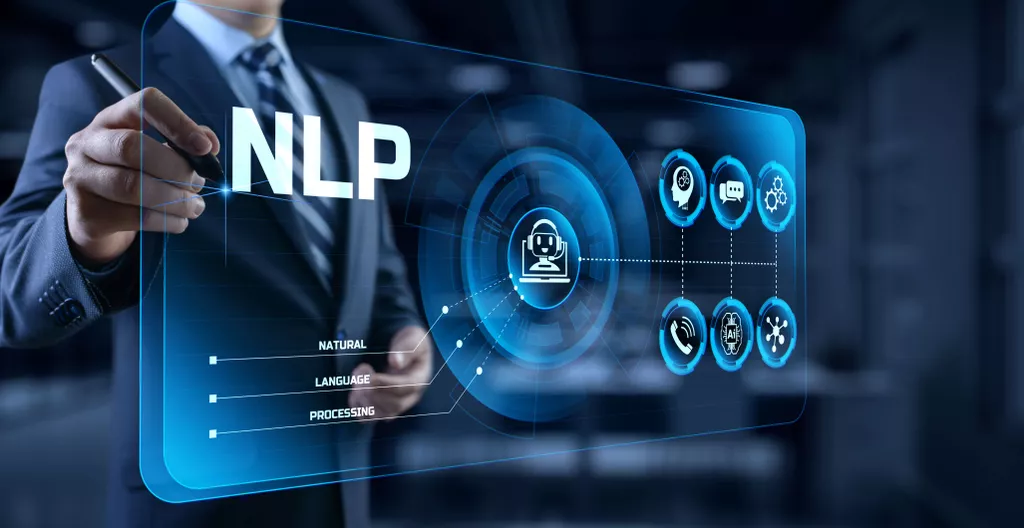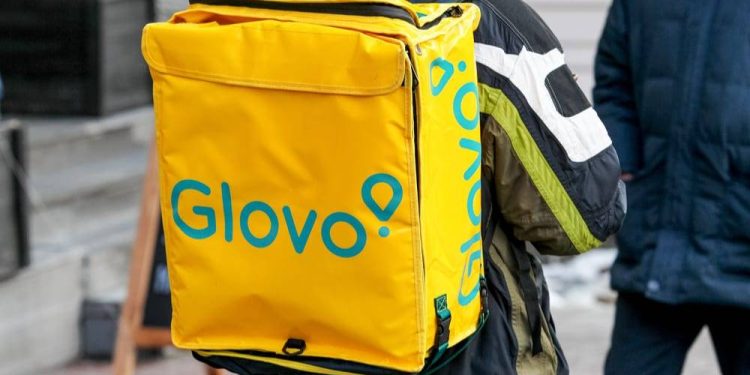
If they can simulate caring about us at the same time — maybe even better than human doctors do — well, that’d still be a nice message to receive. The point of the empathy experiment wasn’t to show that ChatGPT could replace a physician or a nurse. Our for-profit healthcare system doesn’t hire enough doctors and nurses, and it expects the ones it does hire to treat more and more patients, assembly-line style. Chatbots are trained to provide cognitive behavioral therapy (CBT) for patients with depression, PTSD, and anxiety. They may even instruct autistic people on how to improve their social skills and do well in job interviews.

To further advance medicine and knowledge, the use of chatbots in education for learning and assessments is crucial for providing objective feedback, personalized content, and cost-effective evaluations [113]. For example, the development of the Einstein app as a web-based physics teacher enables interactive learning and evaluations but is still far from being perfect [114]. Given chatbots’ diverse applications in numerous aspects of health care, metadialog.com further research and interdisciplinary collaboration to advance this technology could revolutionize the practice of medicine. Disruptive technologies often begin as niche solutions or products with limited initial market appeal. Over time, they gain acceptance and transform the industry or market they are a part of (Kostoff et al., 2004). A prime example is the digital camera, which eliminated the need for film and traditional film processing.
Everything You Should Know About Healthcare App Development in 2022
Be it patients, medical staff, practitioners, or someone else, healthcare is the focus. And many of them (like us) offer pre-built templates and tools for creating your healthcare chatbot. Whatever it is, patients can ask questions and get evidence-based answers back.
How to build medical chatbot?
- Getting started. First, you need to sign in to Kommunicate using your email ID.
- Build your bot.
- Compose the Welcome message.
- Setup questions and answers.
- Test your chatbot.
Chatbots could help improve health care by providing information, answering patients’ questions, and helping to sort out symptoms. A chatbot can tell you about general health or how to deal with a certain condition, for example. They also help healthcare providers by answering patients’ frequently asked questions and directing them to the right care.
Use Cases of Chatbot Technology in Healthcare
Whether it’s customized telemedicine software, custom healthcare solutions, or HIPAA-compliant chatbots, Jelvix developers have the best experience to help you with everything technology related! Talk with our experts on how to make the most of chatbot solutions in healthcare. Undoubtedly the future of chatbot technology in healthcare looks optimistic. Of course, no algorithm can match the experience of a physician working in the field or the level of service that a trained nurse can offer. Still, chatbot solutions for the healthcare sector can enable productivity, save time, and increase profits where it matters most. Algorithms are continuously learning, and more data is being created daily in the repositories.
- By having an intelligent chatbot to answer these queries, healthcare providers can focus on more complex issues.
- The Health Bot platform, as depicted in Figure 3, is analyzed in the following subsections.
- It is used in over 130 countries as a free, accessible tool for receiving quality mental health care.
- Still, the apparent facility with which the bot could handle medical concerns, in both style and substance, presages an actual, real-world use for these things.
- Hyro is an adaptive communications platform that replaces common-place intent-based AI chatbots with language-based conversational AI, built from NLU, knowledge graphs, and computational linguistics.
- For example, by providing 24/7 access to medical advice, chatbots could help to reduce the number of unnecessary doctor’s visits or trips to the emergency room.
Undoubtedly, medical chatbots will become more accurate, but that alone won’t be enough to ensure their successful acceptance in the healthcare industry. As the healthcare industry is a mix of empathy and treatments, a similar balance will have to be created for chatbots to become more successful and accepted in the future. When patients come across a long wait period, they often cancel or even change their healthcare provider permanently. The use of chatbots in healthcare has proven to be a fantastic solution to the problem. Visitors to a website or app can quickly access a chatbot by using a message interface. It is only possible for healthcare professionals to provide one-to-one care.
Scheduling Appointments
The researchers selected nearly 200 representative questions on the forum, from the silly-sounding (“Swallowed a toothpick, friend said I’m going to die”) to the terrifying (“miscarriage one day after normal ultrasound?”). They then fed the questions into the virtual maw of the bot ChatGPT, and had a separate group of healthcare experts conduct a blind evaluation of answers from both AI and MDs. Chatbots can be programmed to assist patients with their insurance claims. A healthcare chatbot can therefore provide patients with a simple way to get important information, whether they want to check their current coverage, submit claims, or monitor the progress of a claim.
Chatbot for healthcare help providers effectively bridges the communication and education gaps. Automating connection with a chatbot builds trust with patients by providing timely answers to questions and delivering health education. Healthcare chatbots can be a valuable resource for managing basic patient inquiries that are frequently asked repeatedly. By having an intelligent chatbot to answer these queries, healthcare providers can focus on more complex issues.
Obtain datasets and train the model
The main objective of the model is to accurately predict if the user is suffering from heart disease. The model has been trained and tested using the Cleveland heart dataset [16] from UCI (Table 4) taking into account several contributing risk factors. The main objective of the model is to accurately predict if the user is suffering from Covid-19 according to the provided symptoms via the Health Bot interface.
- For example, many patients now require extended at-home support and monitoring, whereas health care workers deal with an increased workload.
- A healthcare chatbot can accomplish all of this and more by utilizing artificial intelligence and machine learning.
- For example, the bot asks the patient to enter their symptom, then if they want to make an appointment, and if yes, asks for the preferred days, and so on.
- Implementing healthcare chatbots can be a cost-effective solution for healthcare providers.
- Once the chatbot is deployed, monitoring its performance and continuously making necessary updates and improvements is crucial to overall success.
- Even with the rapid advancements of AI in cancer imaging, a major issue is the lack of a gold standard [58].
In this article, we shall focus on the NLU component and how you can use Rasa NLU to build contextual chatbots. Just as effective human-to-human conversations largely depend on context, a productive conversation with a chatbot also heavily depends on the user’s context. Chatbot developers should employ a variety of chatbots to engage and provide value to their audience. The key is to know your audience and what best suits them and which chatbots work for what setting.
Meet patients where they are
The chatbots and the healthcare industry can benefit the masses greatly if implemented correctly. A chatbot for healthcare purposes can easily replace a human representative. It can perform all those tasks with ease and sometimes with better efficiency and enhanced results. Healthcare chatbots give patients an easy way to access healthcare information and services. Chatbots can help patients with general inquiries, like billing and insurance information. Patients can get quick and accurate answers to their questions without waiting hold.
- GYANT is currently available on Facebook Messenger, and Alexa plans to expand to other messaging platforms shortly.
- The healthcare industry has seen many amazing inventions over the past year.
- The goals you set now will establish the very essence of your new product and the technology on which your artificial intelligence healthcare chatbot system or project will be based.
- These automated conversations allowed them to self-diagnose, schedule tests, book appointments, and manage their treatments in real time.
- For all their apparent understanding of how a patient feels, they are machines and cannot show empathy.
- They will win the belief of patients by giving them an efficient and prompt response.
Many health professionals have taken to telemedicine to consult with their patients, allay fears, and provide prescriptions. Recently, Google Cloud launched an AI chatbot called Rapid Response Virtual Agent Program to provide information to users and answer their questions about coronavirus symptoms. Google has also expanded this opportunity for tech companies to allow them to use its open-source framework to develop AI chatbots. The challenge here for software developers is to keep training chatbots on COVID-19-related verified updates and research data. As researchers uncover new symptom patterns, these details need to be integrated into the ML training data to enable a bot to make an accurate assessment of a user’s symptoms at any given time.
4 BUOY HEALTH
Healthcare payers, providers, including medical assistants, are also beginning to leverage these AI-enabled tools to simplify patient care and cut unnecessary costs. Whenever a patient strikes up a conversation with a medical representative who may sound human but underneath is an intelligent conversational machine — we see a healthcare chatbot in the medical field in action. Hesitancy from physicians and poor adoption by patients is a major barrier to overcome, which could be explained by many of the factors discussed in this section.
Ada Health is a free AI-powered health manager chatbot created by more than a hundred doctors and scientists. Ada’s vast AI-powered database comes in use to show an accurate list of states or symptoms for the patient’s disease. According to research by the AMA, about 55% of treatment nonadherence accounts for miscommunication between patients and their health providers. Medical chatbots have the potential to become the missing link, providing necessary information and reminding patients to take medication on time.
Help your team deliver the best possible care
A real case study would be when the pandemic wreaked havoc; chatbots were used around the globe to help contain the increasing panic. A medical chatbot for doctors can be provided with all the options that one needs to book an appointment. From the doctor’s name, timing, booked slots, free slots, and everything else, a chatbot can help you get through all this easily. This can also be integrated with the patient’s calendar as well as the doctor’s calendar so that all the relevant arrangements can be made accordingly. In order to reach a healthcare representative, you either have to visit, call or connect through an online portal. In each of these scenarios, the unavailability of the individual could turn dire.
Does chatbot use AI or ML?
Conversational marketing chatbots use AI and machine learning to interact with users. They can remember specific conversations with users and improve their responses over time to provide better service.
Although clinicians’ knowledge base in the use of scientific evidence to guide decision-making has expanded, there are still many other facets to the quality of care that has yet to catch up. Key areas of focus are safety, effectiveness, timeliness, efficiency, equitability, and patient-centered care [20]. This global experience will impact the healthcare industry’s dependence on chatbots, and might provide broad and new chatbot implementation opportunities in the future.
Which algorithm is used for medical chatbot?
Tamizharasi [3] used machine learning algorithms such as SVM, NB, and KNN to train the medical chatbot and compared which of the three algorithms has the best accuracy.



